December 8th, 1930. It is a cold, foggy morning in British Calcutta. Writers’ Building, the headquarters of the British administration is buzzing with activity as usual. Three young Indian boys, attired in western clothing, enter the building. In a very short while they would send seismic shock waves across the British Indian administration which would hit as far as London.
Flashback: 1928. Sensing a growing rift within the Congress Party on non-violence vs. armed resistance approaches to fighting the British rulers, Subhas Chandra Bose came up with a plan. Influenced by his mentor “Deshbandhu” Chittaranjan Das, Subhas Chandra was adamant to secure liberation for his motherland by any means possible. He brought together the armed resistance movement and the faction within Congress that had reservations about the non-violence approach under a common umbrella called The Bengal Volunteers Corps.
Under the leadership of Major Satya Gupta, Bengal Volunteers Corps recruited a group of young men and women who were willing to lay down their lives for the country. They were given training in hand to hand combat as well in use of knives, firearms and throwing bombs.
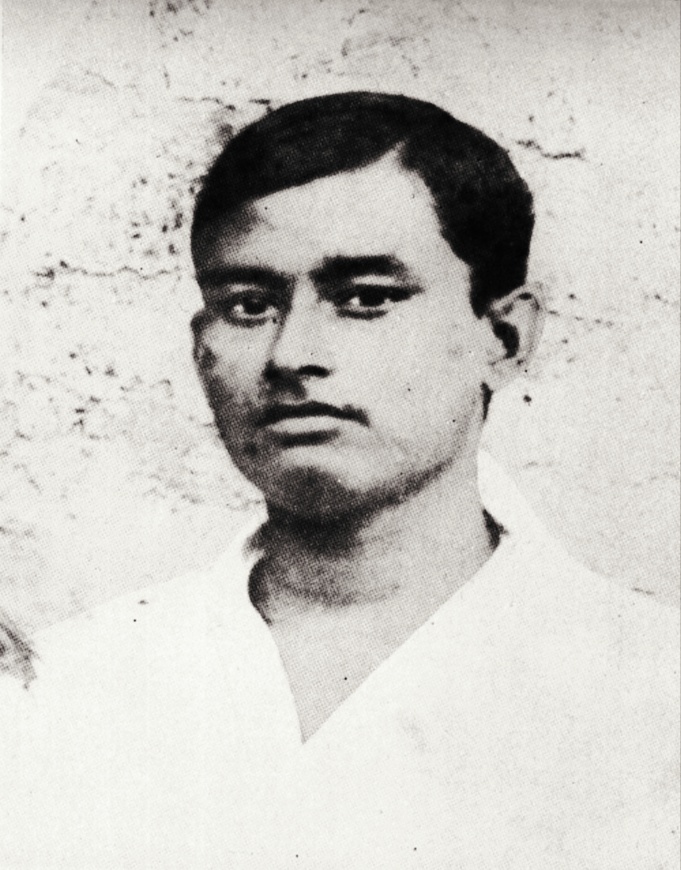 Fast forward: 1930. Torture by the Bengal Police on arrested freedom fighters, especially those accused of armed resistance has reached monstrous proportions. The unfortunate young men and women are beaten mercilessly, the women are sexually violated and all forms of demonic torture is carried out. The two main perpetrators of this mindless violence were Lowman, IG-Police and Col. NS Simpson, IG-Prisons. On 29th August, 1930, IG Lowman was shot dead during a visit to Dacca Medical College by a medical student by Benoy Krishna Basu. Now it was the turn of Simpson.
Fast forward: 1930. Torture by the Bengal Police on arrested freedom fighters, especially those accused of armed resistance has reached monstrous proportions. The unfortunate young men and women are beaten mercilessly, the women are sexually violated and all forms of demonic torture is carried out. The two main perpetrators of this mindless violence were Lowman, IG-Police and Col. NS Simpson, IG-Prisons. On 29th August, 1930, IG Lowman was shot dead during a visit to Dacca Medical College by a medical student by Benoy Krishna Basu. Now it was the turn of Simpson.
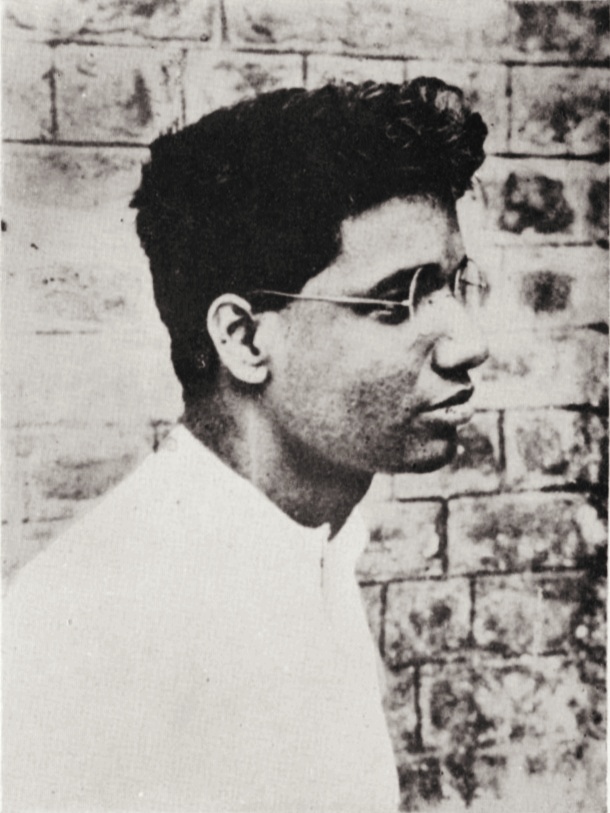 We return to the morning of 8th December, 1930. What is the start of a routine day soon descends into absolute mayhem. The three young men whip out revolvers from within their heavy overcoats and start firing. Simpson was shot dead, some other British officers and Indian policemen also suffered injuries. Soon, a large posse of soldiers arrived from the Fort William barracks. A corridor of the Writers’ Building became the site of intense fire between the three bravehearts and the government forces.
We return to the morning of 8th December, 1930. What is the start of a routine day soon descends into absolute mayhem. The three young men whip out revolvers from within their heavy overcoats and start firing. Simpson was shot dead, some other British officers and Indian policemen also suffered injuries. Soon, a large posse of soldiers arrived from the Fort William barracks. A corridor of the Writers’ Building became the site of intense fire between the three bravehearts and the government forces.
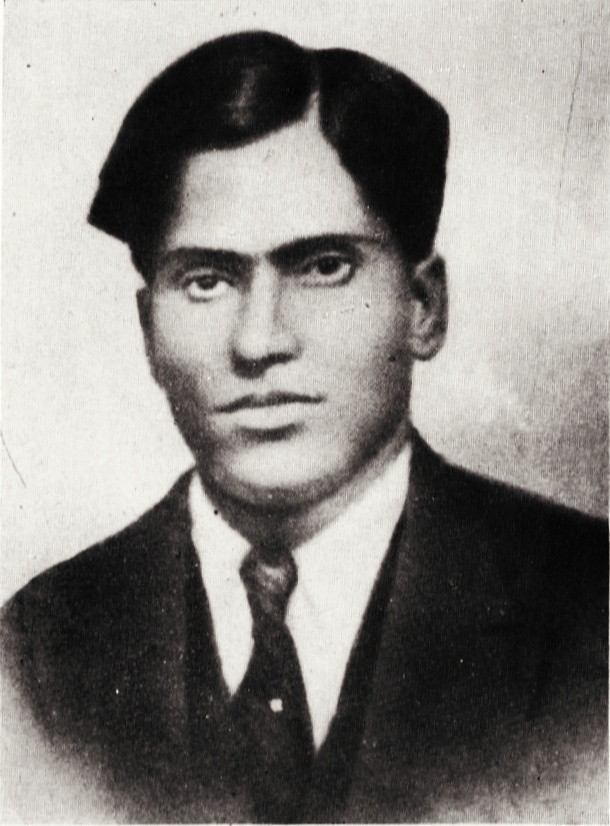
Despite overpowering odds, the three boys fought to the last bullet. Their leader was Benoy Basu, the one who had shot dead Lowman earlier. He was 18. Accompanying him were Badal Gupta alias Sudhir Gupta, also 22 and Dinesh Gupta, who had celebrated his 19th birthday just two days earlier. After running out of bullets, Badal consumed potassium cyanide and chose death over captivity. Both Benoy and Dinesh shot themselves but were caught alive. In hospital, Benoy repeatedly poked his bullet wound which turned septic, killing him 5 days after the incident.
Dinesh survived and was hung to death on 7th July, 1931 at Alipore Central Jail. In a letter to his brother, written barely two weeks before his death, Dinesh wrote,
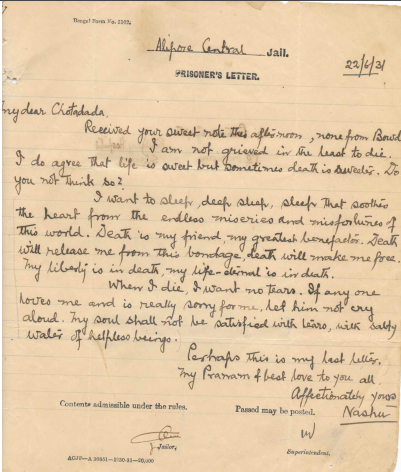 “…… Death is my friend, my greatest benefactor. Death will release me from this bondage, death will make me free, my liberty is in death, my life eternal is in death.
“…… Death is my friend, my greatest benefactor. Death will release me from this bondage, death will make me free, my liberty is in death, my life eternal is in death.
When I die, I want no tears. If anyone loves me and is really sorry for me, let him not cry aloud. My soul shall not be satisfied with tears, with salty water of helpless beings…”
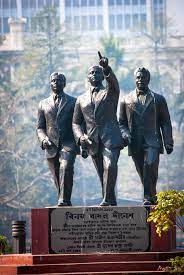 After independence, the government of West Bengal renamed Dalhousie Square where Wrtiers’ Building stands as Benoy-Badal-Dinesh Bag. It is colloquially referred to as BBD Bag. A statue of the three young martyrs has been installed there in memorial.
After independence, the government of West Bengal renamed Dalhousie Square where Wrtiers’ Building stands as Benoy-Badal-Dinesh Bag. It is colloquially referred to as BBD Bag. A statue of the three young martyrs has been installed there in memorial.
Most Bengalis are aware of the valorous story of Benoy, Badal and Dinesh. But outside Bengal, their story is little known. I plead with you my dear reader, if you are ever visiting Kolkata, do make it a point to visit BBD Bag, stand in front of the statue and say a silent note of thanks to those crazy young boys who died so you and I could live free.
‘When you go home, tell them of us and say, for your tomorrow, we gave our today’
References:
https://upscwithnikhil.com/article/history/benoy-badal-dinesh
https://navrangindia.blogspot.com/2017/11/bbd-bagh-kolkata-and-murder-of-ns.html
http://www.tanikagupta.com/letters-from-a-young-indian-revolutionary/letter-from-dinesh/
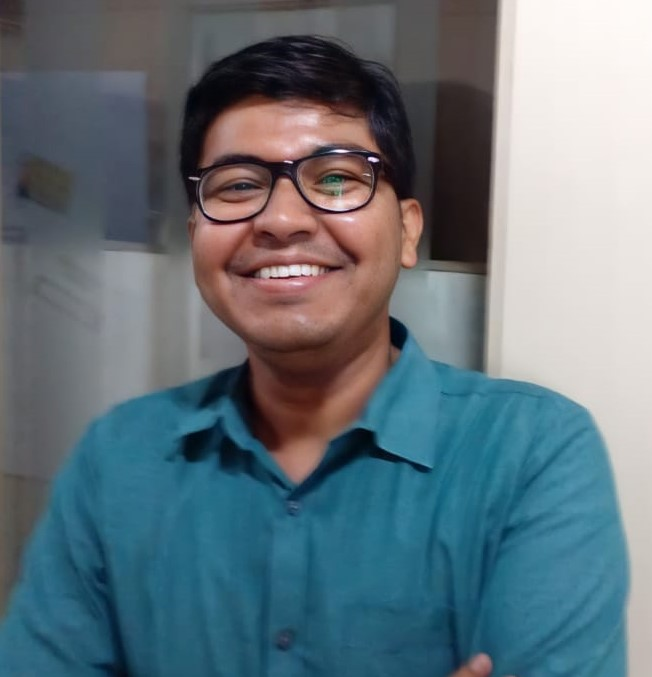 Based out of Kolkata, Trinanjan is a market researcher by profession with a keen interest in Indian history. Of particular interest to him is the history of Kolkata and the Bengal region. He loves to write about his passion on his blog and also on social media handles.
Based out of Kolkata, Trinanjan is a market researcher by profession with a keen interest in Indian history. Of particular interest to him is the history of Kolkata and the Bengal region. He loves to write about his passion on his blog and also on social media handles.
NEXT ARTICLE

At the southernmost tip of this mesmerising ensemble lies the majestic Great Nicobar Island, boasting an impressive landmass of about 910 square kilom...

Bharath has always been a land traversed by spiritual masters/ Guru since time immemorial. These spiritual masters have always upheld the core princip...

South India contains its fair share of unique pilgrimage centres. These divine places of worship have a prominent Sthala Purana, devoted followers, di...